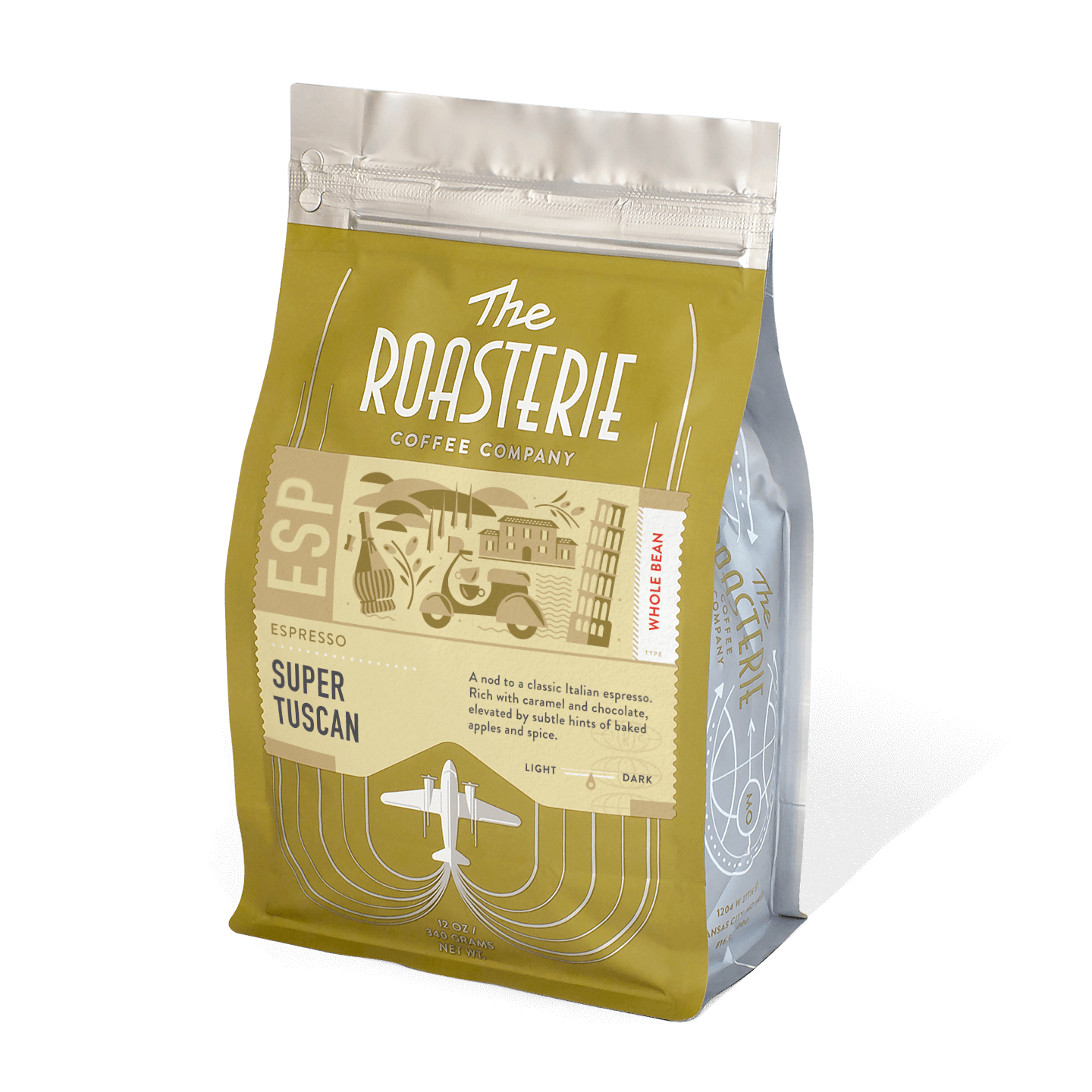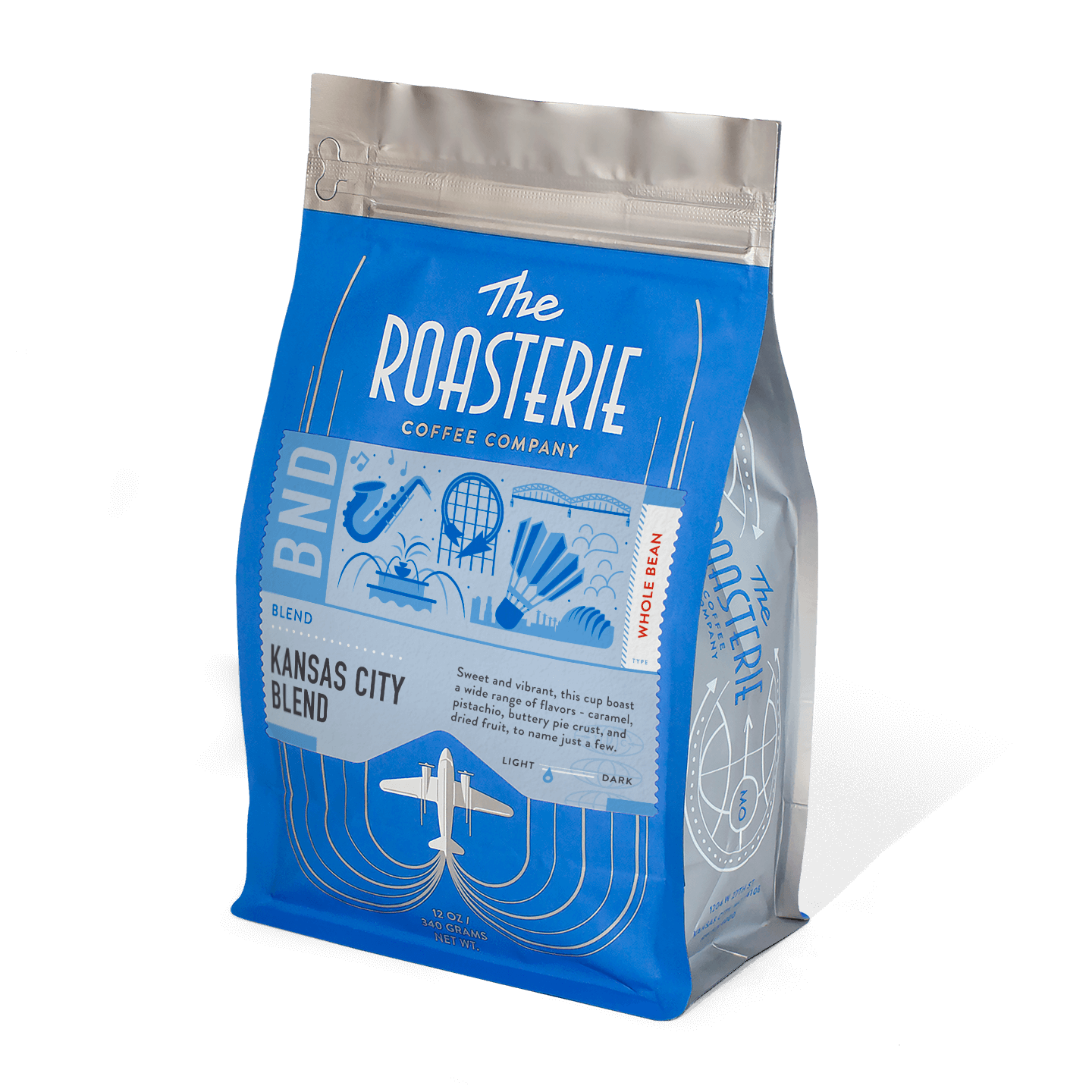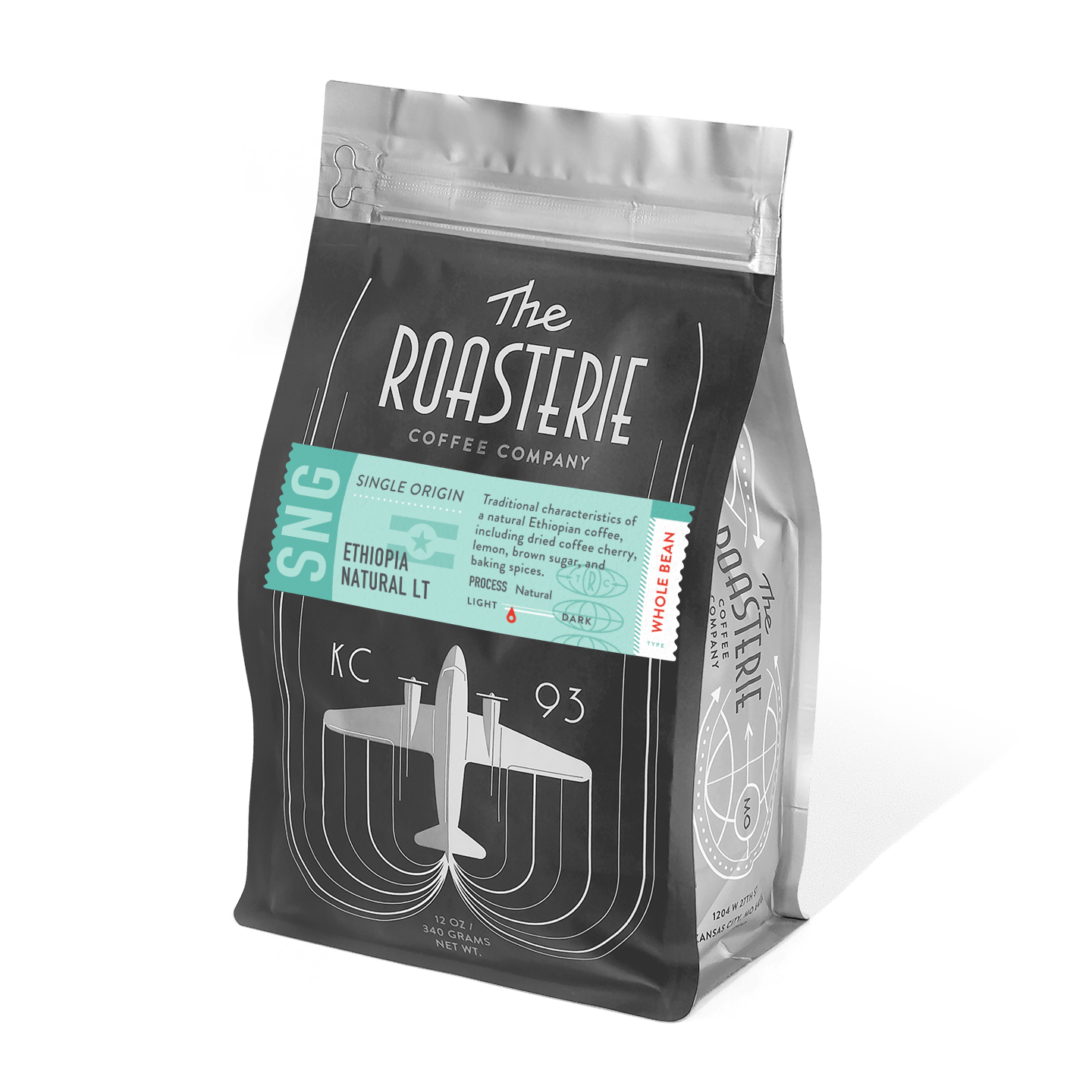Cowboy Coffee: An American Tradition
When we think of brewing coffee at home (which we at The Roasterie think about all the time), we imagine the usual process we’re accustomed to; grinding the beans, putting the grounds in the filter, pouring in the water, and pressing the brew button. But there are actually a variety of ways to make a good cup of coffee, including what’s called Cowboy coffee. Cowboy coffee is a traditional drink made by cowboys on the trail. It’s brewed by heating coarse grounds with water and then pouring it into a cup after the grounds have settled. Let’s talk about the rich history of this outlaw drink.

What is Cowboy Coffee?
In general, all coffee brewing is essentially the process of turning coffee beans into a beverage. While we are accustomed to our favorite brewing methods and preferences, there are varied methods one may use to create a great cup of coffee. One such method is known as “cowboy coffee”. And while the name may inspire visions of adventurers on the wild frontier living in buckskin tents, the method is used by people all over the world. Cowboy coffee serves a variety of purposes and situations, from backwoods camping to trying something new with friends. It can be tempting to think of this drink as a last-resort type of method, but if done well, the results are a surprisingly gourmet, great coffee that is easy to drink and easy to make. According to a Sprudge interview with Vaughn Robison, a commercial art director and cowboy, people love this drink for its rich history. “I think the cultural draw is largely something that comes from either die-hard cowboys looking to preserve archaic, cultural touchpoints of a utility-based way of life, or those who live outside the Western lifestyle but also see it as a dying craft to be preserved,” says Robinson in the interview. “The second group, who have a tendency to romanticize and lust after the Western way of life, is also largely responsible for the fetishization of the method and its resurgence in popular coffee culture.”

How to Make Cowboy Coffee
Cowboy coffee is essentially French press coffee without a filter. Typically, this drink is made over an open flame, out on the trail, or at a campsite, where a coffee maker (or electricity for that matter) isn’t readily available. This simple method of brewing cowboy coffee makes a great tasting cup of coffee that is bold and flavorful. Before you hit the trail, measure how much water fits in your mug and your chosen coffee pot. This will keep you from overfilling your cup once it’s ready and let you know the amount of coffee you will need. Here’s how you make this outlaw drink:- Bring the desired amount of water to a boil in a pot
- Once it’s boiling, remove the pot from your fire and let it sit for 30 seconds (this is so that it drops to 200° Fahrenheit, which is considered the best temperature to brew coffee)*
- Add 2 tablespoons of ground coffee for every 8 ounces of hot water
- Stir
- Let sit for 2 minutes
- Stir
- Let sit for an additional 2 minutes
- After 4 minutes of brewing, pour ½ cup cold water on the grounds (which will be on top of the pot at this point) to help them sink to the bottom**
- Slowly pour the coffee into a cup, so that the coffee grounds stay at the bottom of the pot and don’t transfer into your mug
- Enjoy!
Recipe Notes:
*The temperature is very important to this process! Boiling coffee actually takes the acid out of the drink, so some people prefer this version of making a cup of joe to the traditional method. **Some cowboys use crushed eggshells to help the grounds sink to the bottom faster. And eggshells help reduce the acid levels due to their alkalinity as well. Other methods to separate the grounds and coffee include using a (clean) sock as a makeshift coffee filter.
Time To Hit The Trail
Cowboy coffee has a long and storied history in America, from cowboys on the trail, to campers in the wild, to friends in a living room. Today, it’s a drink that elicits nostalgia and a sense of homey comfort wherever it’s consumed. While it certainly isn’t the most common way to brew coffee, it is nonetheless a celebrated part of coffee’s history. If you haven’t already, give it a try sometime—you’ll be surprised by the results!


